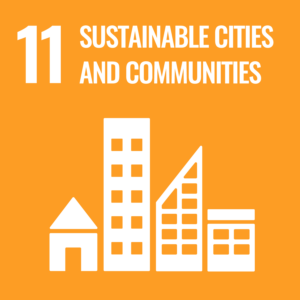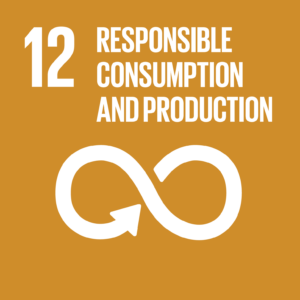 Towards Circular Economy: Reducing, Reusing, and Recycling in Construction for Zero-Impact Architecture
Towards Circular Economy: Reducing, Reusing, and Recycling in Construction for Zero-Impact Architecture
The relationship between architecture and sustainability is growing closer in Europe’s construction industry. This is because there is a strong need to lessen harm to the environment, which guides how projects are developed and built. This article looks at how reducing, reusing, and recycling are becoming more important in architecture, particularly within the framework of the circular economy. We explore databases and real-life examples in the Netherlands, Germany, and Switzerland, so we can see how sustainability, driven by circular economy principles, is becoming a key aspect in designing future homes and buildings.
Towards Zero-Impact Construction: Embracing Circular Economy Principles
The Mies van der Rohe Award, given by the European Union every three years to honour architectural excellence, signals a shift in how we think about architecture. Recent projects show that people are more concerned about the environment now. They prefer designs that can be easily changed and materials that can be used again. This is important because we do not have unlimited land. Circular architecture, which focuses on reducing, reusing, and recycling within the circular economy framework, is becoming very important.
The European Aspiration: Achieving Zero-Impact Construction by 2050
The Green Deal, launched in 2019, charts a course towards a greener economy. It aims for the EU to have a minimal environmental impact by 2050. Construction contributes to this goal, responsible for 40% of our greenhouse gas emissions. It is thus one of the top priorities for change. In the future, good architecture won’t just be about aesthetics. It will also focus on reusing materials instead of discarding them, in line with circular economy principles.
Pioneering a New Frontier in Architecture
The circular economy aims to revolutionize resource consumption and waste management within the built environment. These principles aspire to create a more sustainable approach, emphasizing durability, adaptability, and waste reduction across the entire life cycle of buildings. The European Commission’s Level(s) initiative, inaugurated in April 2018, evaluates building sustainability through the lens of circular economy principles. Essential stakeholders, including building users, designers, policymakers, and industry players, assume pivotal roles in implementing these principles. Additionally, the Circular Economy Action Plan, a cornerstone of the European Green Deal, propels these objectives by fostering material efficiency and sustainable growth within the circular economy framework.
Databases and Exemplary Instances
Netherlands: Madaster, EME, and The Circular Building Catalog
In the Netherlands, Madaster operates as a construction materials database. It encompasses over 4,000 buildings across six European countries, providing comprehensive material and environmental information. EME promotes digital material reuse and complements the De Circulaire Bouwcatalogus, inspiring architects to integrate regenerated materials into their projects.
Germany: Concular and Restado
Germany hosts Concular, a digital platform facilitating material supply and demand while calculating CO2 emissions. Additionally, Restado offers a trading platform for salvaged materials, engaging DIY projects and artisans in decarbonization endeavours.
Switzerland: Useagain In Switzerland
Useagain serves as an intermediary platform for construction materials and expertise, offering practical solutions for waste reduction and reuse.
In Italy, the construction industry is evolving to be more eco-friendly. According to Ispra’s 2023 Special Waste Report, Italy is excelling in recycling waste, with an impressive 80.1% recovery rate exceeding the 70% target set for 2020. Despite advancements in recycling, there is a need to explore more effective ways of utilizing recycled materials. Therefore, we need to establish a system that enhances the use of them. The implementation of the new End of Waste decree could facilitate this process.
In conclusion, zero-impact architecture is becoming a reality, driven by a circular approach to construction. Digital platforms and databases are crucial in facilitating material reuse and recycling within the circular economy framework. Despite the challenges ahead, the road to zero-impact architecture holds great promise, fueled by innovations and practices aligned with circular principles.
What Proaxxes Can Do for You
Proaxxes has solid experience operating in the world of architecture and design. We specialize in assisting foreign companies with the development and execution of their brand strategies in the Italian market, integrating circular economy principles. Our services include selecting the most suitable distribution channels and organizing targeted marketing and promotion activities. We ensure effective outreach to both the Italian press and architects, as well as project developers.
Proaxxes can help you navigate this complex landscape and contribute to Italy’s architecture and construction sustainability. Contact us!









